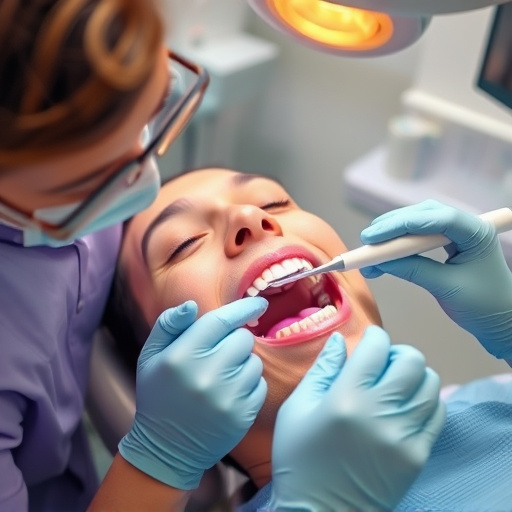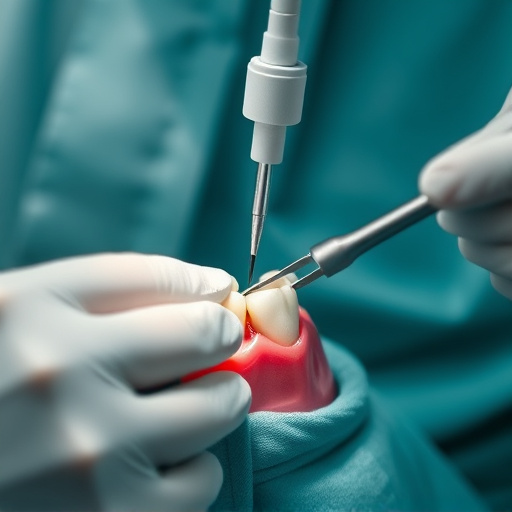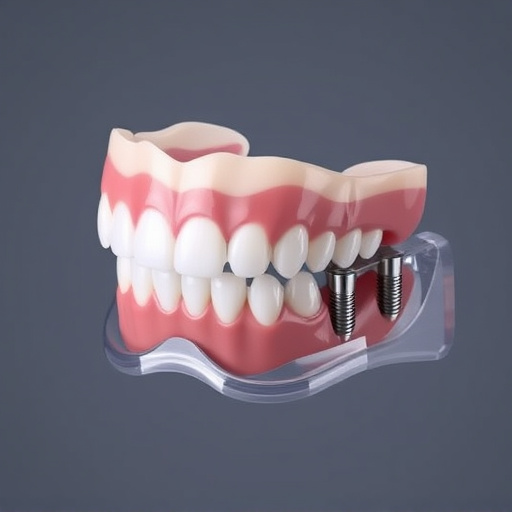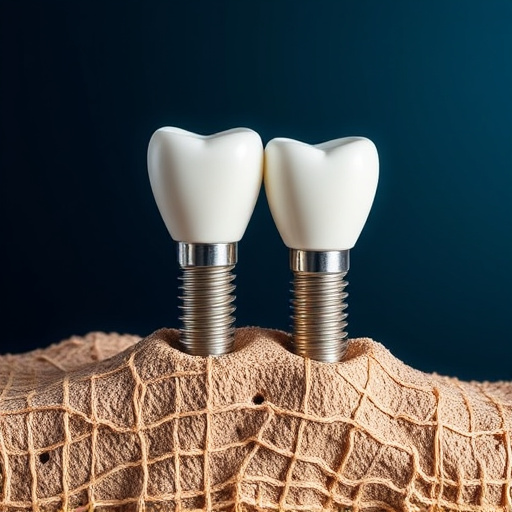Bone grafting treatment is a critical process in cosmetic and general dentistry, aimed at enhancing dental implants' success rates. By strategically placing bone material to regenerate lost jaw bone, it creates a solid foundation for implants, addressing both aesthetic and oral function issues. This advanced technique, using biomaterials and growth factors, prevents bone degradation and maintains facial structure, being a game-changer after tooth loss or extractions.
Bone grafting treatment plays a pivotal role in enhancing dental implant success rates, ensuring long-lasting and functional replacements for missing teeth. This comprehensive guide delves into the foundational principles of bone grafting, exploring advanced techniques that maximize its impact. From understanding the process to highlighting its long-term benefits, we uncover how this innovative approach strengthens implant retention, offering patients durable, natural-feeling dental solutions.
- Understanding Bone Grafting: The Foundation for Dental Implants
- Enhancing Success Rates: Bone Grafting Techniques and Their Impact
- Long-Term Benefits: How Bone Grafting Improves Implant Retention
Understanding Bone Grafting: The Foundation for Dental Implants

Bone grafting treatment plays a pivotal role in establishing a solid foundation for dental implants, enhancing their success rates significantly. This advanced procedure involves the strategic placement of bone material to replenish and regenerate lost or damaged bone structures within the jaw. By integrating with the surrounding tissue, these grafts create a robust platform upon which dental implants can be securely attached, mimicking the natural anchor system provided by healthy bones.
In the realm of cosmetic dentistry and comprehensive dental care, understanding the importance of bone health cannot be overstated. Bone grafting is not merely a standalone solution but an integral component of general dentistry practices, ensuring long-term stability for dental implants. This innovative approach not only addresses aesthetic concerns but also restores oral function, fostering a vibrant and healthy smile for patients undergoing restorative treatments.
Enhancing Success Rates: Bone Grafting Techniques and Their Impact
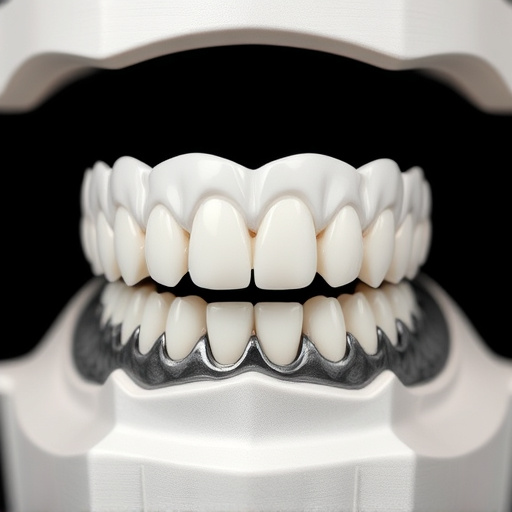
Bone grafting treatment plays a pivotal role in enhancing success rates for dental implants, especially after procedures like wisdom tooth removal or teeth cleaning where bone loss may occur. This advanced technique involves strategically placing bone tissue grafts into areas with inadequate bone structure to support implants. The impact is profound; by regenerating bone and creating a solid foundation, these grafting methods significantly improve the long-term viability of dental implants.
In the context of family dentistry, understanding the benefits of bone grafting is essential. It not only ensures stability for restored teeth but also maintains facial structure, preventing premature aging due to bone loss. Modern bone grafting techniques, often combined with advanced biomaterials and growth factors, have revolutionized implant success rates, making it a game-changer in oral healthcare, particularly when addressing issues stemming from missing or damaged teeth.
Long-Term Benefits: How Bone Grafting Improves Implant Retention

Bone grafting treatment offers long-term benefits that significantly enhance the retention and success rates of dental implants. When a tooth is extracted or lost due to decay or injury, the surrounding bone structure tends to degrade over time, creating a void that can lead to further bone loss and complications. Bone grafting involves the strategic placement of biomaterial, often harvested from donor sites or synthetic sources, to replenish the missing bone. This procedure not only helps restore the bone volume but also provides a solid foundation for the placement of dental implants.
By integrating with the existing bone tissue, bone grafting treatment ensures that implants are securely anchored, promoting long-term stability and function. This is particularly crucial for individuals who have experienced significant bone loss due to tooth extractions or other oral health issues. In general dentistry, bone grafting procedures play a pivotal role in enhancing the outcomes of subsequent implant surgeries, making them an essential consideration during dental care routines, including regular cleanings.
Bone grafting treatment plays a pivotal role in enhancing dental implant success rates. By understanding the foundation of bone grafting and its various techniques, we can ensure improved retention over the long term. This advanced procedure not only facilitates the integration of implants but also contributes to a robust oral health framework, making it an indispensable tool for dentists worldwide.

